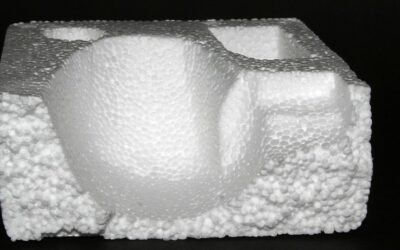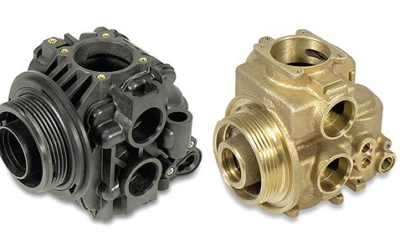PHA is biodegradable, while PEF can be recyclable, making both materials extremely attractive for companies looking to integrate sustainable processes
There is no doubt that Polyethylene Terephthalate (PET) is one of the most versatile materials used in the container and packaging industry. Its ability to be reprocessed into rPET (recycled PET) and used in new products is extremely broad, but are there sustainable alternatives to PET packaging?
The question is not idle, taking into account that the demands for reducing the carbon footprint continue to increase around the world. In this regard, Dan Durham, director of technical customer services at PTI, recently shared an article in which he highlights Polyhydroxyalkanoates (PHA) and Polyethylene Furanoate (PEF) as possible sustainable alternatives for PET containers.
Each of these is made by completely different processes, but both can be bio-based. PHA is biodegradable, while PEF can be recyclable, making both materials extremely attractive for companies looking to integrate sustainable processes.
PHA attributes
As Durham highlights, PHAs are polyesters that are biosynthesized by bacterial fermentation using a variety of bio-derived raw materials. PHA technologies vary and include the use of a variety of raw materials including inexpensive vegetable oils, such as pressed canola and soybeans, crude biogas containing methane, carbon dioxide, and hydrogen sulfide, and oil from recycled kitchen.
Advantage
- PHAs can be molded by typical plastic forming processes.
- The resin producer can modify the rate of biodegradation.
- PHAs are bio-based.
- Suppliers announce new production capacity.
Disadvantage
- PHA production is currently limited.
- PHAs will biodegrade, so applications focus on products with known life cycles or products that will be protected from triggers for biodegradation.
- PHAs are not a traditional polymer and currently do not have their own recycling stream.
Ideal Applications
PHAs have a variety of applications including packaging films, injection molded and blow molded parts, and plastic straws. Films, straws, and plastic plates and cutlery are now commercial.
Barriers to commercialization
- Finding the right applications and markets to promote the sustainable nature of PHAs.
- Lack of a traditional recycling stream for PHA at a time when brands are committing to recycling and using recycled material.
- Material modifications may be required for specific applications.
PEF attributes
PEF is an aromatic polyester, like PET. PEF can be produced by polycondensation of ethylene glycol and furandicarboxylic acid (FDCA), which can be derived from renewable raw materials such as sugars.
Advantage
- It can be molded by typical plastic forming processes.
- It can be processed similar to PET and has improved properties.
- Higher barrier to oxygen and carbon dioxide (6 to 10 times) compared to PET.
- It offers a higher glass transition temperature than PET providing better heat resistance.
- It has been shown not to be harmful for recycling PET at low levels.
Disadvantage
- Currently very limited commercial production.
- Currently, PEF does not have its own recycling stream.
- Pricing is not well known, but is believed to be in line with barrier PET options.
Ideal Applications
- Containers that require better material properties than PET;
- Carbonated soft drinks for a long shelf life;
- Sparkling water for long shelf life;
- Oxygen sensitive products such as beer, juice, coffee, porridge.
Barriers to commercialization
- Finding the right product that can take advantage of the property’s material improvement and can justify the premium for such improvement.
- Recycling problems, but can be alleviated with additional testing.
- Limited production at present, but should be able to scale to meet demand.
- NIR detection systems can be trained to identify the PEF of other materials when 100% PEF bottles enter the market.




